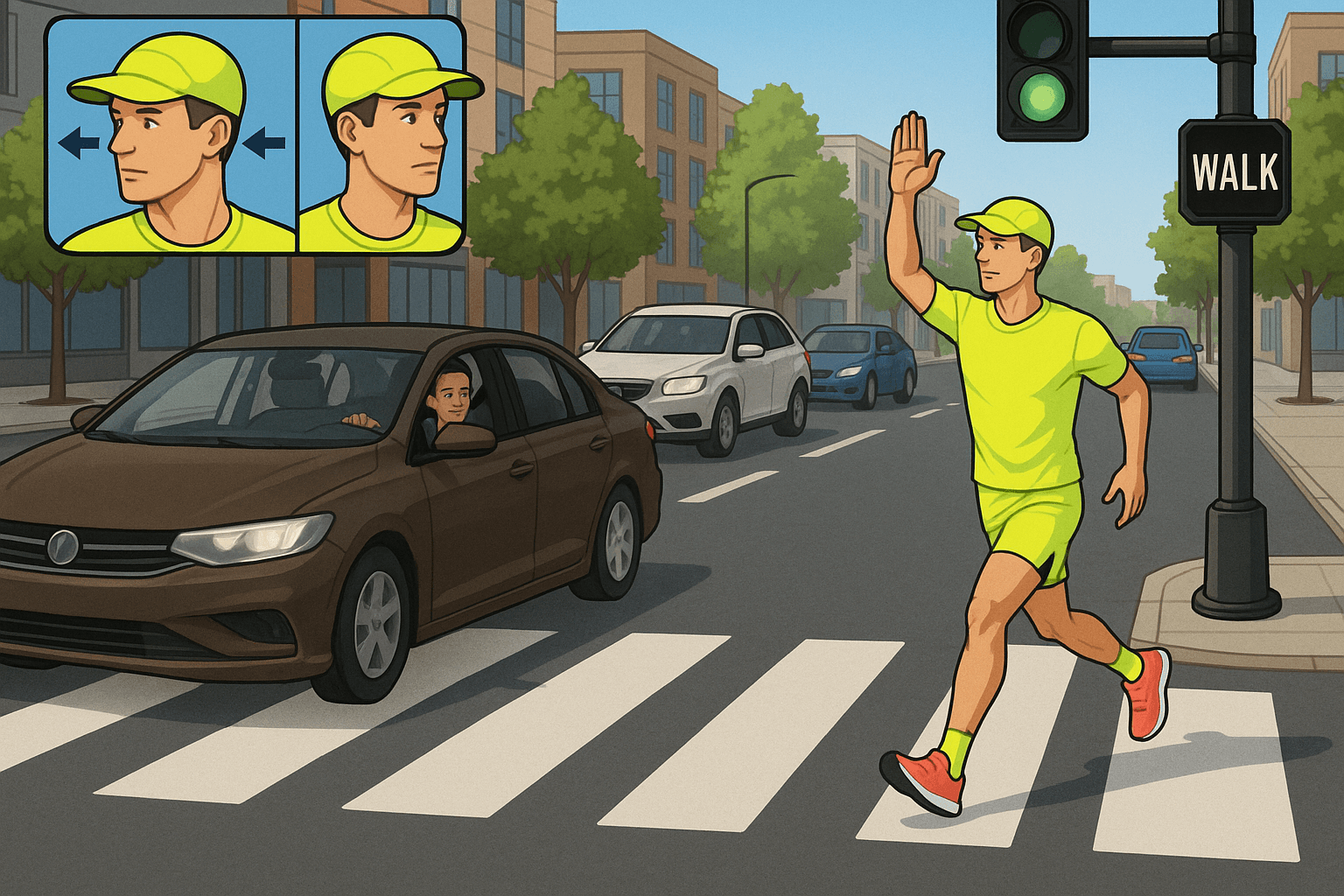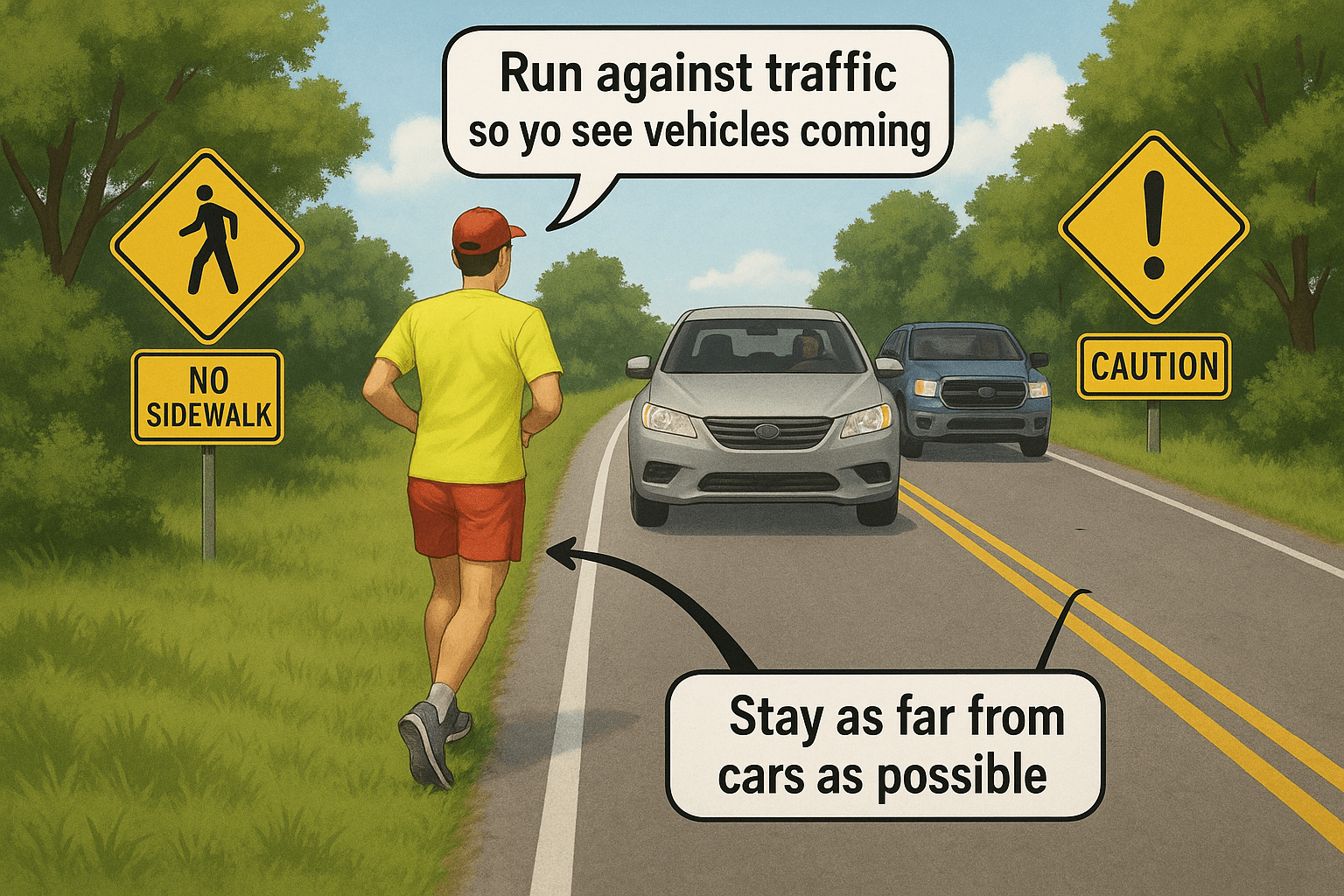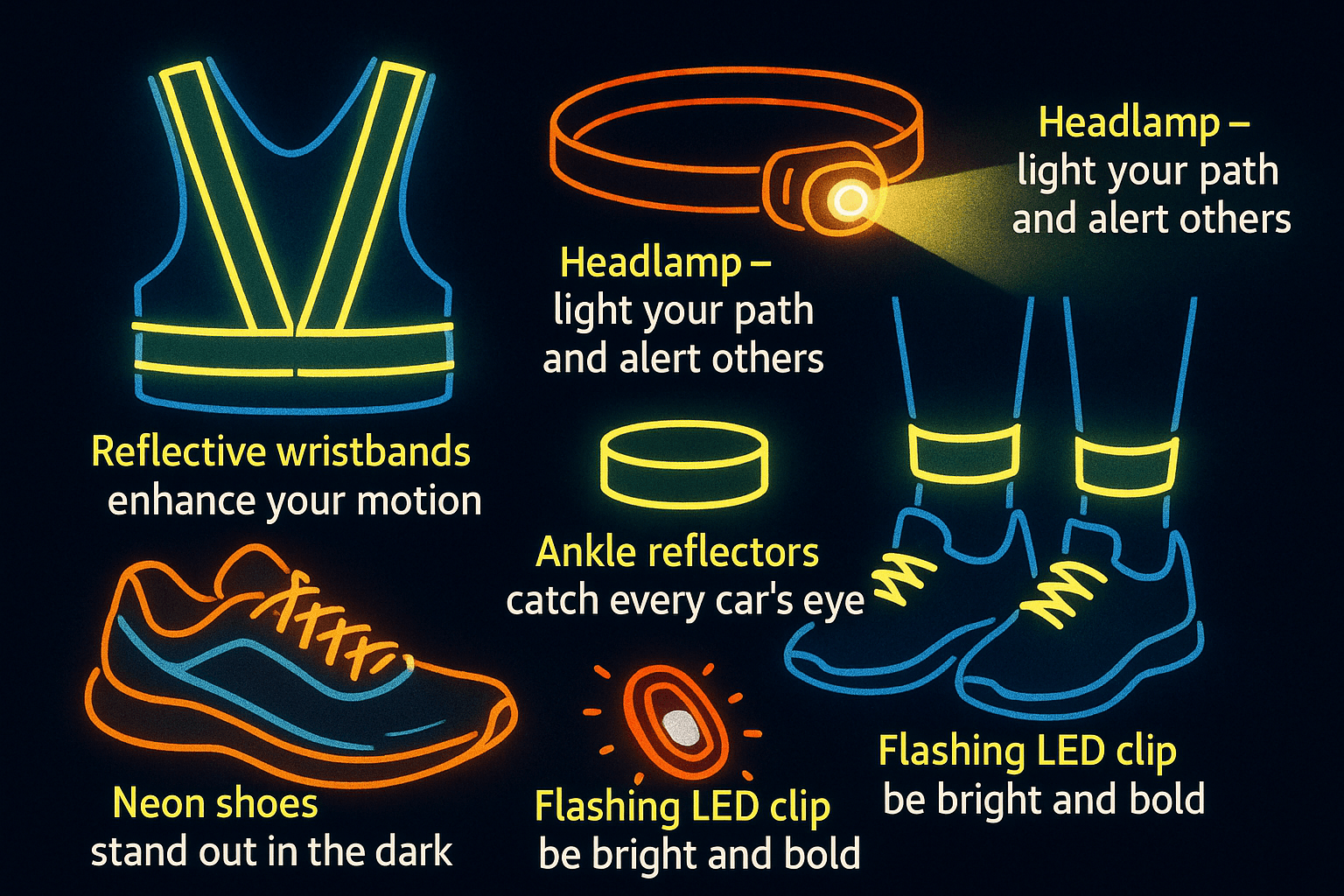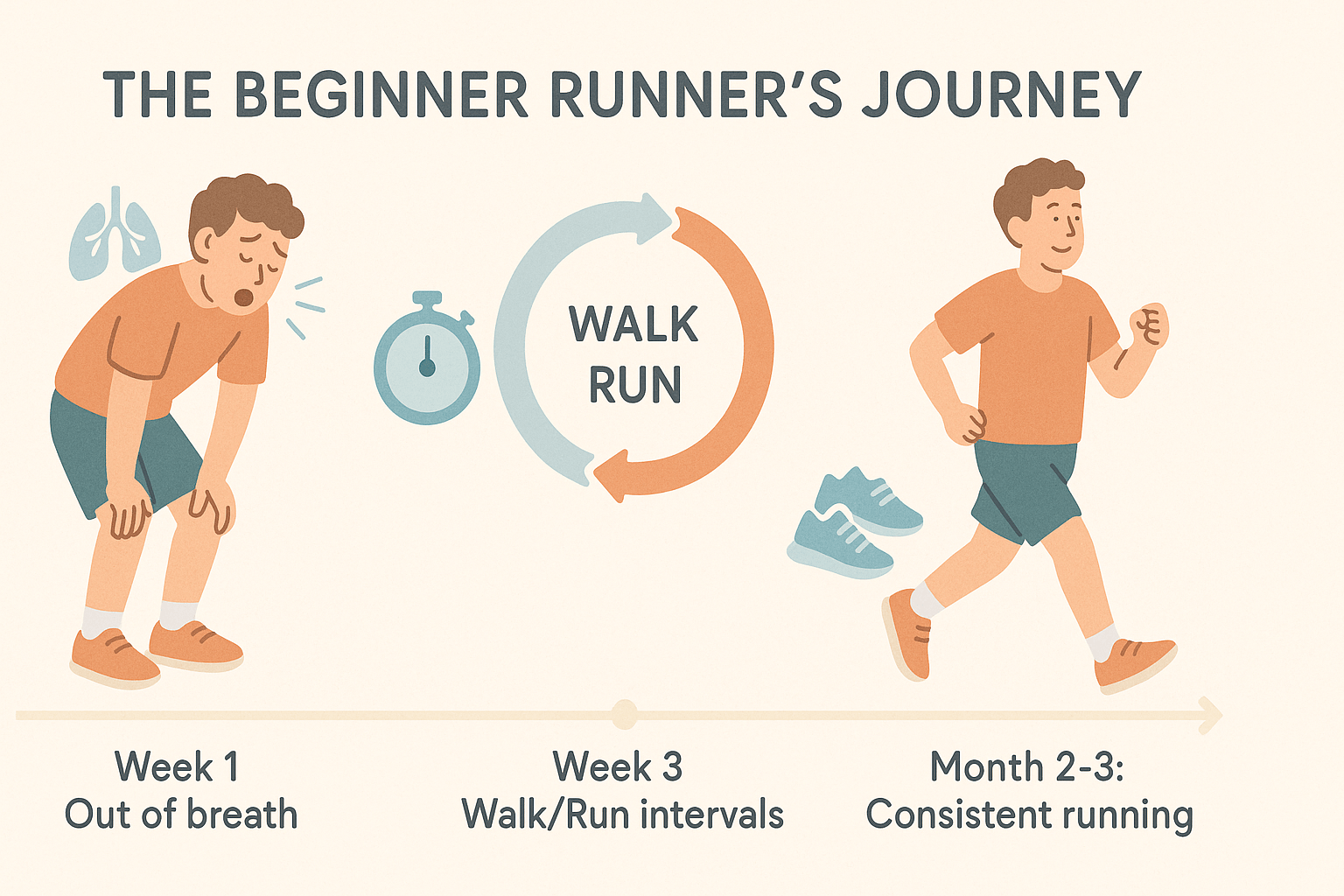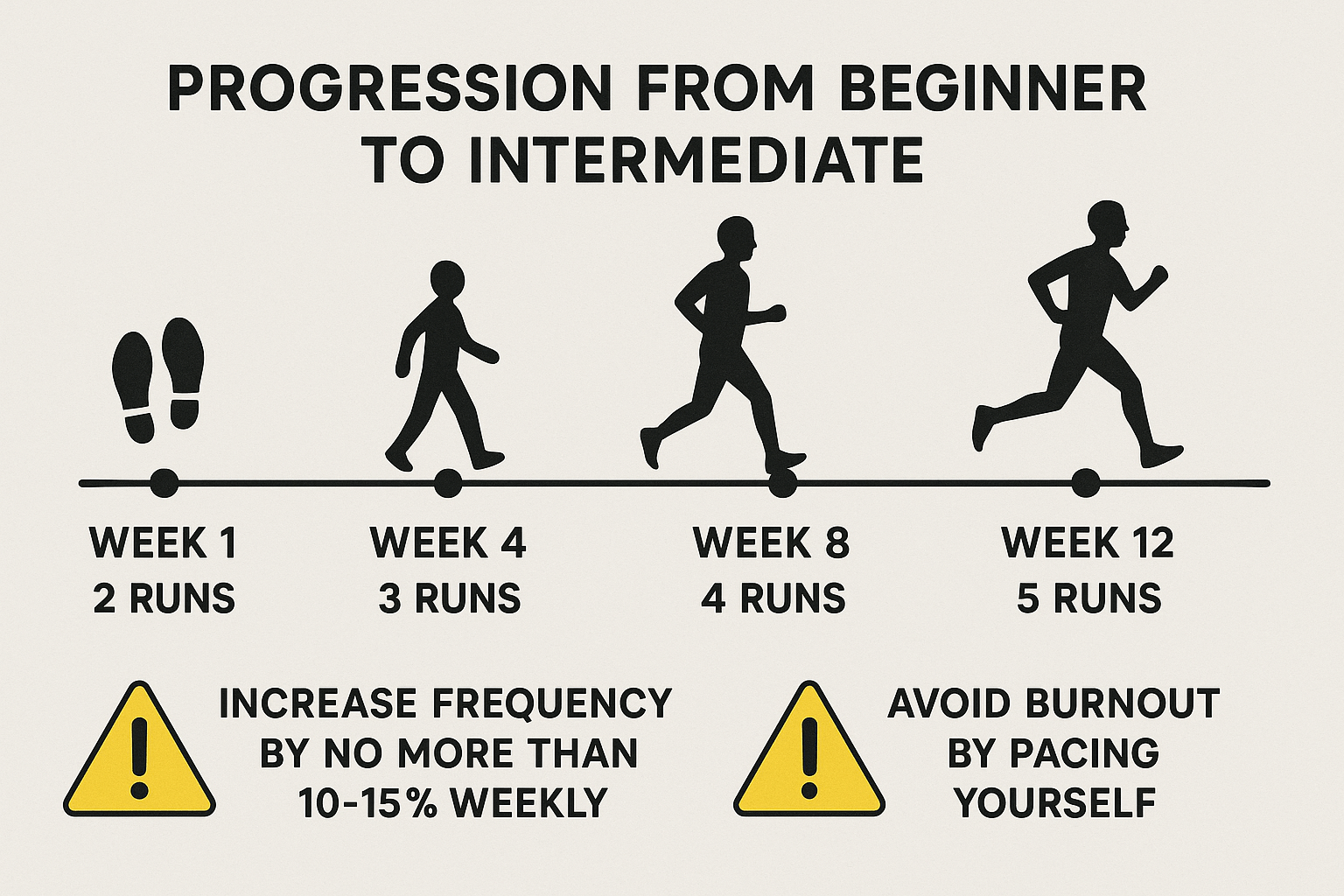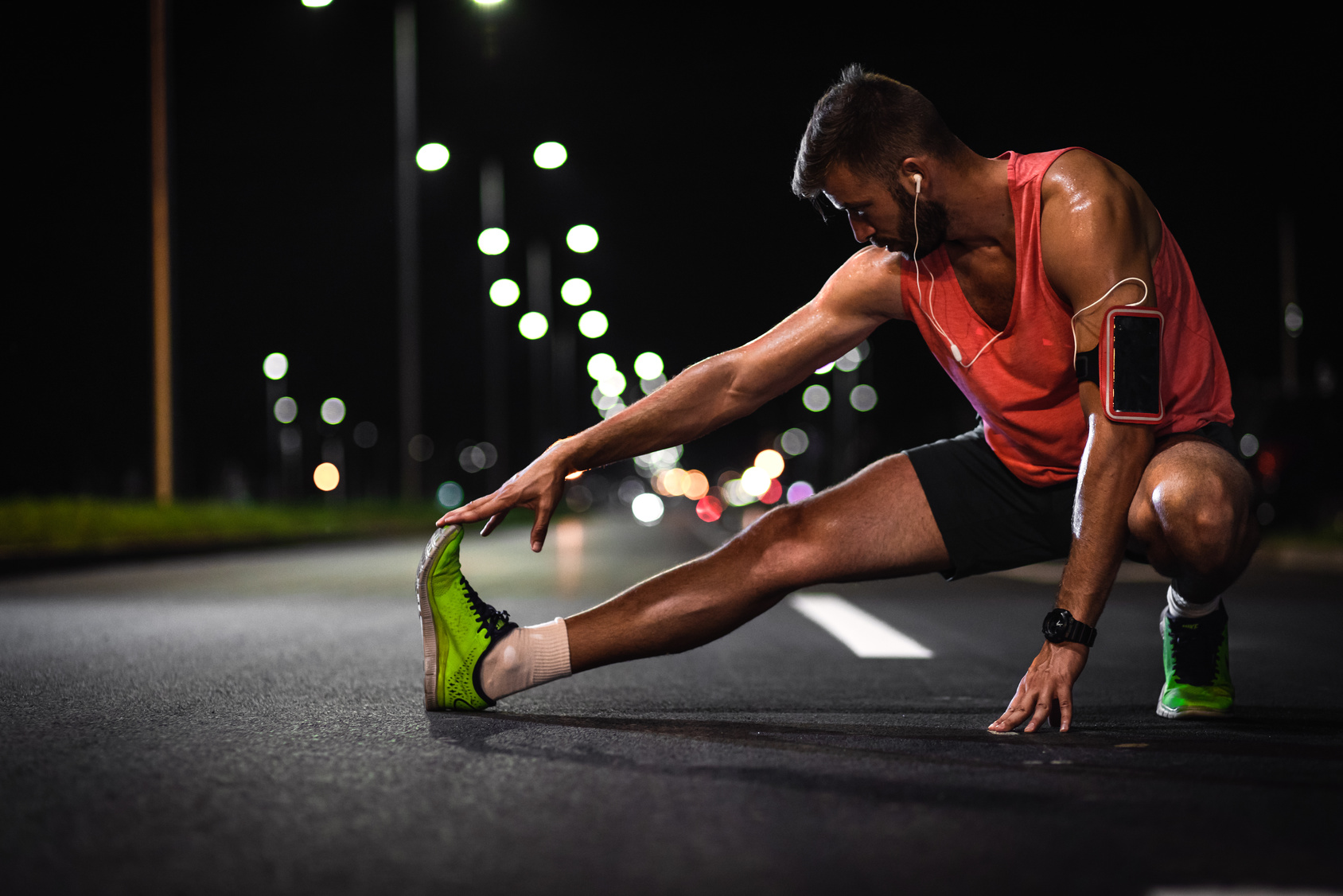Let Me Paint You a Picture
End of a Batur Trail race.
A 30K adventure on volcanic rocks and sandy descents.
Legs trashed.
Quads fried. That final descent into Toya Devasya (the famous hot sprint resort)? A quad-melting, toe-slamming, soul-crushing drop that went on forever.
I could feel my big toe crashing into the front of my shoe on every downhill step.
But I kept pushing. Because, you know—pain is just part of the game, right?
Wrong.
I crossed the finish line, sat down in a fog, peeled off my sock… and there it was. My right big toenail was jet-black, throbbing, and barely hanging on.
A few days later, it popped off completely. The nail bed underneath looked like raw meat. And suddenly the whole “runner’s badge of honor” thing didn’t feel so cool.
That moment hit me hard—not just the pain, but the realization.
I had let this happen. I used to laugh about bruised toenails, even saw them as proof I was putting in serious work.
But that missing toenail? That was a warning sign I’d ignored. A toe-sized red flag waving in my face.
I’ve coached a lot of runners since, and here’s the truth: bruised or black toenails aren’t a badge of toughness—they’re a sign something’s wrong.
And the good news? You can almost always prevent it.
Let’s dig into what’s really going on with runner’s toenail—and how to fix it before your next race leaves you minus a nail.
What Is Runner’s Toenail, Really?
Runner’s toe (a.k.a. jogger’s toe, black toenail, the gross thing you keep hiding in sandals) is officially called a subungual hematoma.
Translation? Blood pooling under the nail from busted capillaries due to repetitive trauma.
That blood has nowhere to go, so it builds up and turns the nail dark—blue, purple, black.
The pressure can make it feel tight, sore, even throbbing.
Sometimes it’s no big deal. Sometimes it hurts like hell. If enough blood gets in there, the nail might loosen, lift off, and eventually fall off.
It’s not usually dangerous—but it is your body saying: “Hey, stop smashing me.”
Most commonly? It hits your big toe or second toe—they’re usually the longest, and they take the brunt of the shoe contact.
And while a lot of runners shrug it off (been there), it’s worth paying attention. If it keeps happening, it’s not just cosmetic—it’s a mechanical issue.
Can Running Really Mess Up Your Toenails?
Yep. And not just ultramarathons. Any distance, any surface—if the conditions are right (or wrong), it can happen.
It comes down to microtrauma—little impacts, over and over.
Your foot slides forward. Your toe hits the shoe front. Once? No big deal. 40,000 times over 26.2 miles? That’s a problem.
Here’s what usually causes it:
Shoe Fit: The Big One
- Too tight? Your toes are cramped and get pounded with every step.
- Too loose? Your foot slides and your nails slam the shoe from the inside.
Either way, your toe pays the price.
👉 Fix: You need about a thumb’s width of space beyond your longest toe. And a roomy toe box—not a pointy dress shoe shape. Lock the heel and midfoot in snug, but give the toes room to spread.
Downhill Running = Toe Smash City
Downhills increase the braking force through your feet. Gravity’s doing half the work—but your toes are taking the punishment.
That ultramarathon I ran? The descent did more damage than the previous 40 miles.
👉 Fix: Trim your nails short. Lace your shoes to keep the heel locked (heel-lock lacing works great). And practice downhill form—shorten your stride, increase cadence, and stay light on your feet.
Foot Swelling: The Silent Toe Killer
Your feet swell when you run—especially in heat or during long events. Up to half a shoe size by the end of a marathon, according to some studies.
Suddenly, that “perfect fit” is now too tight, and your toe has no escape.
👉 Fix: Buy your running shoes in the afternoon (when your feet are naturally swollen), and always size for late-run volume. Leave wiggle room.
Poor Running Form
Heel striking too hard? Overstriding? Your foot slams forward and your toe takes the hit.
I’ve seen runners go from chronic black toenails to none at all just by switching to a smoother midfoot landing and quick cadence.
👉 Fix: Work on cadence (170–180 steps per minute is a good range). Lighten your stride. Think “quiet feet” when you run.
Wet Conditions + Slippage
Rain, sweat, or soaked socks turn your shoes into slippery slides. That soft skin and soggy sock combo leads to blisters and black toenails alike.
I’ve seen it happen on 10-mile rainy runs—not even marathons.
👉 Fix: Use moisture-wicking socks. Try toe socks or anti-friction balm if you’re prone to problems. And re-lace mid-run if you feel your foot sliding forward.
Black Toenails Aren’t Just “Part of the Sport”
Yes, runner’s toe is common. But it’s not inevitable. It’s a mechanical issue, and your body’s sending a clear message: “Fix your shoes, fix your form, or I’m sending more nails to the grave.”
I used to think I was just “one of those runners” who got bruised nails.
Turns out, I was one of those runners making avoidable mistakes.
Black Toenails: When Is “Runner’s Toe” Serious?
Let’s get one thing straight — if you’re logging long miles, especially downhill or in snug shoes, a black toenail isn’t some rare event.
It’s basically a runner’s badge of honor.
But while most black toenails are harmless (just ugly and annoying), some can signal something a little more serious going on.
Here’s how to tell when you’re just bruised… and when you need to stop ignoring it.
What “Runner’s Toe” Looks and Feels Like
Here’s how to tell you’re dealing with runner’s toe:
Dark Discoloration
This is the big one. Your nail turns dark red, purple, or straight-up black. If it’s fresh blood, it might look deep red under the nail. Older stuff dries into a brown or black mess. Doesn’t mean disaster — but it means blood pooled up under there.
Note: If you spot a vertical dark streak in the nail and there wasn’t trauma? That might not be runner’s toe. Get it checked — some types of skin cancer can show up like that.
Throbbing Pain & Pressure
A big hematoma under the nail (that’s the fancy word for blood blister) can cause legit pressure. Runners say it feels like the nail’s going to pop. Walking hurts. Running? Forget it. Even touching the nail can feel brutal.
Smaller bruises? Sometimes they don’t hurt at all. But if there’s pressure — especially right after a race or run — pay attention.
Nail Lifting or Getting Loose
If blood keeps collecting under the nail, it can start lifting the nail up. You might feel it wobble or squish a little. Eventually, it could pop off completely — or hang there like a zombie nail.
Blood Blisters
Sometimes, instead of the whole nail turning color, you’ll just see a dark bubble under one edge. Blisters like these can hurt like hell if they’re pressing up under the nail.
Infection (Don’t Mess Around Here)
Normally, blood under the nail is sterile. But if there’s a cut or skin break? Bacteria can get in.
Watch for:
- Redness that spreads
- Swelling that gets worse
- Heat
- Yellow gunk (pus)
- Fever
If you see red streaks going up your foot or feel chills? That’s an emergency trip to the doc. No “let’s see how it feels tomorrow” here.
When to Chill, and When to Get Help
Don’t Panic If:
- It’s black but not painful
- It’s tender but improving
- There’s no sign of infection
- The nail’s staying put
In that case, you’re likely good. Let it grow out (which can take months — toenails are slow), keep it clean, and don’t pick at it. It’ll eventually work its way to the tip and you’ll clip off the evidence.
Time to See a Pro If:
- Pain is intense and building
- You’ve got visible nail lifting
- You see pus, swelling, or heat
- You’re limping and can’t wear shoes
- You don’t remember injuring it
Treating a Bruised Toenail (What Works, What Doesn’t)
So you’ve got a bruised (or black) nail — now what?
If It Doesn’t Hurt…
Do nothing. Seriously. If it’s just discolored and doesn’t hurt, don’t mess with it.
Clean it, clip it as it grows, and move on. No draining, no poking, no YouTube surgery, please.
If It Feels Like It’s Going to Explode…
Get it drained. Fast.
There’s a safe, sterile way to do this called trephination. A doc (usually a podiatrist) will melt a tiny hole in the nail with a sterile tool or laser. The blood comes out, pressure drops instantly, and you usually feel so much better.
⚠️ DO NOT try this at home with a paperclip and a lighter like you saw on some forum. Infection risk is real, and if you miss the right spot, you’re just burning your foot for nothing. Let a pro handle it — ideally within 24–48 hours of the injury.
If the Nail’s Loose or Falls Off
- Trim the loose part (don’t yank).
- Keep the raw nail bed clean.
- Apply antibiotic ointment.
- Cover with a sterile bandage daily.
- Avoid running until the skin isn’t super tender.
Once it toughens up, you can lace up again — maybe with some toe protection.
You’ll start to see a new nail peek through after a couple weeks. Full regrowth can take months, depending on how much was lost.
Managing Pain & Swelling
Ice it in the first 24 hours (wrapped in cloth, not straight on skin). Elevate the foot if it’s swelling.
Pop some ibuprofen if it hurts. That won’t drain the blood, but it’ll keep things tolerable.
Infection? Act Fast
If there’s pus, pain that keeps escalating, or anything looks red and angry, get to a doctor.
You might need antibiotics — sometimes even minor surgery if there’s an abscess.
Letting it fester? Bad idea. Trust me — a toenail infection can go from nuisance to nightmare real fast.
Should You Get It Removed?
Sometimes the nail is so trashed that it’s better off gone. If it’s 90% detached, broken, or constantly catching on socks, a podiatrist can numb your toe and take it off.
It sounds gnarly, but it’s quick and pretty painless. Nail will grow back — just be patient.
Painting Over a Black Nail?
Tempting, but risky. Nail polish locks in moisture and can hide signs of infection.
If you have to cover it for a wedding or beach day, fine. But strip it off regularly to check what’s happening underneath.
When a Black Toenail Isn’t from Running (And Why That Matters)
Okay, so if you’re a runner and your toenail turns black, your first thought is probably, “Yep, classic runner’s toe.” And odds are… you’re right.
But not always.
Sometimes that dark, ugly nail isn’t from logging miles—it’s from something else entirely. And while most cases are harmless, some are definitely not.
If you’ve got a black toenail and you didn’t just hammer a long downhill or wear tight shoes, it’s time to pay attention.
Here’s what else could be behind that dark nail—and how to know when it’s time to call a doc.
Fungal Infection (It’s Not Just for Locker Rooms)
Toenail fungus (the fancy name is onychomycosis) can get nasty. While fungal nails usually turn yellow or chalky, some infections can go brown-black, especially when the gunk builds up under the nail.
Signs it might be fungus:
- The nail’s thick, crusty, or brittle
- It smells weird (yep, fun times)
- It’s lifting or has white/yellow debris underneath
Runners are prime targets because sweaty socks and warm shoes make a five-star resort for fungus.
Mild infections might clear up with over-the-counter antifungals. For tougher cases, you might need prescription meds—or even laser treatment.
👉 Don’t guess—have a doc check it out. A quick nail clipping test can confirm it.
Subungual Melanoma (Rare but Serious)
This one’s rare—thankfully—but you need to know about it. Subungual melanoma is a type of skin cancer that forms under the nail. Unlike trauma bruises, it doesn’t grow out or fade.
Red flags to look for:
- A dark streak or spot that keeps growing
- Discoloration spreading onto the skin near your cuticle
- One nail affected, not multiple
- No history of trauma
If you’ve got a weird mark under your nail and can’t explain it by banging your foot or running long miles, don’t ignore it.
👉 Get it checked by a dermatologist. Early detection saves lives. Simple as that.
Melanonychia Striata (Sounds Scary, Usually Isn’t)
This is a harmless cause of dark stripes in the nail—especially common in people with darker skin. It’s just excess melanin getting deposited in the nail matrix.
But here’s the catch: it can look like melanoma.
So unless a doctor has ruled it out, don’t try to self-diagnose.
👉 If a dark line shows up in your nail and wasn’t there before, get it looked at. Better safe than scrambling later.
Subungual Exostosis (Bone Spur Under the Nail)
Weird one, but it happens. A bone spur (basically a little bony growth) forms under the nail—usually after repeated trauma—and it starts pushing the nail up or making it look bruised.
This isn’t something you’d notice from just looking. You’ll need an X-ray to know for sure.
And yeah, sometimes it requires minor surgery to clean things up.
👉 If one nail keeps looking warped or irritated, even in good shoes, this could be why.
Chronic Ingrown or Toe Deformities
Ingrown nails and odd toe shapes—like hammer toes or mallet toes—can keep slamming the same spot inside your shoe, over and over.
One runner on Reddit said his mallet toe bruises every training block, no matter how perfect the shoe fit is.
👉 If you’ve got a nail that’s always the problem child, check your foot shape. It may be time to adjust how you trim your nails, or in some cases, talk to a podiatrist about a more permanent fix.
Underlying Health Issues
This one’s easy to overlook. If you’ve got something systemic—like diabetes, anemia, or kidney disease—your nails can show signs of trouble.
Diabetic runners, for example, need to be extra careful with nail health because poor circulation can slow healing and hide injuries.
So if you’ve got a black toenail out of nowhere and a chronic condition? Call your doc. It might not be about running at all.
What I Tell Runners Dealing with Toenail Trouble
A bruised or busted toenail might seem like a small deal—but ask anyone who’s lost one mid-marathon how it felt.
Nasty. Painful. Disruptive.
Sure, it’s not the typical overuse running injury yet the pain is nothing to scoff at.
But it doesn’t have to stop your training dead in its tracks—if you handle it smart.
Here’s exactly what I tell the runners I coach when a toenail goes south:
1. Ease Off the Pressure—Literally
First few days? Get that toe some breathing room. Tight shoes will turn a sore toe into a full-on meltdown.
- Switch to looser laces, roomier shoes, or even slides or sandals if walking around.
- If the nail’s partially off or the skin underneath is raw, bandage it up.
- One trick I swear by: cut a little “donut” out of moleskin and place it around the nail. That keeps your shoe from pressing right on the sore spot.
🎯 Goal: No added pressure = no added pain.
2. Cross-Train, Don’t Limp Through
If running hurts too much, cross-train. Bike, swim, hit the elliptical—whatever lets you move without wincing.
⚠️ Don’t be that runner who “runs through it” and ends up with a jacked-up foot or knee because they were limping to protect a toe.
As Dr. Jordan Metzl puts it: “If it doesn’t hurt too much, you should be fine to run.” Just don’t lie to yourself—let pain be your guide, not your pride.
3. Lay Off the Downhills and Speed for a Bit
Lost a nail? Just drained one? No sprints. No steep descents. No tempo hammerfests.
Those hard toe-slamming efforts will re-aggravate things faster than you can say “black toenail.”
Instead:
- Stick to flat, mellow terrain
- Keep runs easy effort
- Dial it back for a week or two until the pain’s gone
💬 I tell my runners: “One week of patience beats six weeks of limping.”
4. Clean It Like You Mean It
This is not the time to slack on hygiene.
- Wash and dry the foot thoroughly after every run
- Dab on some antibiotic ointment
- Keep it lightly bandaged until the skin under the nail is dry, sealed, and toughened up
See redness, oozing, or pain that’s getting worse? Don’t mess around—go see a doc.
5. Let the New Nail Do Its Thing
Toenails grow slower than race-day lines at the porta-potty. You’re looking at 3 to 6 months for a full toenail regrowth—up to a year in some cases.
Early on, the new nail will be thin and fragile—treat it like a baby tooth.
- Trim it straight, keep it clean, and don’t let it get too long.
- If it grows in thick, jagged, or looks weird? See a podiatrist. Better to fix it early than deal with a chronic ingrown.
Patience here = strong, pain-free nail later.
6. Log It. Learn from It.
This is big: Track what led up to the bruise.
Was it:
- A long run in the heat?
- Tight shoes on a downhill course?
- A new sock or lacing setup?
I had one runner who only got black nails in the summer. Turns out her feet swelled more in the heat—and her shoes were suddenly too small.
We went up half a size for summer training and boom—problem solved.
🏁 Lesson: Treat your black toenail as feedback, not a fluke.
7. Fix the Root Cause While You Heal
This is your window to get things right.
- Rethink your shoe size
- Revisit socks and lacing
- Maybe even swap in a shoe with a wider toe box or better downhill grip
🎯 Pro mindset shift: A black toenail isn’t a badge of toughness—it’s your foot screaming that something needs to change.
When to See a Doctor (Don’t Be a Hero)
Look, runner’s toenail is usually just an annoying little badge you can laugh about over post-run beers. But sometimes? It’s more than that.
If your toe’s screaming at you—or doing something weird—it’s time to quit toughing it out and get it checked. No medals for limping through an infection.
Here’s when it’s smart to see a doc or podiatrist:
Pain That Won’t Quit
If your toe is throbbing like a bad drum solo and it’s not getting better a few days after draining or resting? Don’t wait.
Could be a bone bruise, fracture, or something jacked up under the nail that needs fixing. Especially if you’re limping or can’t sleep because of the pain—that’s not something to “grind through.”
Infection Red Flags
Pus? Red streaks? Swelling getting worse? Fever?
Don’t mess around—go get help. Infections under toenails can turn nasty fast because everything’s trapped in there.
You might need antibiotics, and yeah, maybe a doc will have to drain it properly. That’s way better than letting it fester and end up needing full nail removal (or worse).
Smashed Nail Bed
Dropped a dumbbell on your toe and now it’s bleeding from every corner? That’s beyond runner’s toe—that’s trauma.
If the nail’s split and the bed underneath is cut or mangled, a doc may need to remove the nail and patch you up.
It’s rare with running but common with clumsy lifting or house accidents.
Toenail Trouble That Won’t Go Away
Keep getting black nails no matter how perfect your shoe fit is? There might be something else going on—like toe structure issues (hello, long second toe or hammertoes) or mechanics that need orthotics or expert advice.
Or maybe it’s fungal and not even from running. Chronic toenail problems? Time to call in a pro.
Weird Nail That Doesn’t Look Right
If your nail’s black and it’s not from trauma… if there’s a stripe that goes up onto the skin… if it hasn’t changed for months and doesn’t grow?
Stop guessing. Go see a dermatologist or podiatrist and get it checked.
Could be nothing—or something serious. Melanoma is rare, but it’s real. Don’t roll the dice.
Nail Grew Back Funky
Lost the nail, and now it’s growing back thick, misshapen, or painful? That doesn’t mean you’re stuck with it.
A podiatrist can trim it, grind it down, or even fix how it grows with a quick procedure.
No need to suffer through a rogue toenail stabbing your shoe every step.
You’ve Got Underlying Health Issues
If you have diabetes, vascular disease, or anything that slows healing—don’t take risks with foot injuries.
What’s minor for others can turn serious fast for you.
Get medical advice early. It’s not being cautious—it’s being smart.
Trust Your Gut
If something about that toe doesn’t sit right—get it checked. Podiatrists have seen way gnarlier stuff than your black toenail.
They’ll either fix it or tell you it’s nothing. Either way, you win.
Like I always tell my runners: your feet talk to you all the time—on impact, in pain, and when something’s off. Listen. That whisper might be warning you before a scream.
No More “Battle Scars” – Just Smart Running
Let’s kill this idea that black toenails are some sort of badge of honor. They’re not. They’re a sign something’s off—shoes, form, or training.
Here’s the truth:
- 💥 Bruised nails are usually preventable. Don’t treat them like a rite of passage. Use them as feedback to get better gear or habits.
- 👟 Fix the root cause. Right shoes, clean lacing, trimmed nails, proper downhill form—those small tweaks keep your feet happy and injury-free.
- 🩹 If you get one, treat it right. Drain it if needed, keep it clean, and don’t ignore signs of infection.
- 🧠 Preventing injuries is training. Being smart isn’t weak. It’s how you keep logging miles long-term.
- 🚫 Your ego doesn’t get a say. If your feet are taking a beating, listen and adjust. This isn’t a toughness contest.
I haven’t had a bruised nail in years—because I stopped being stubborn. I found shoes that fit, dialed in my lacing, kept my nails in check, and ran hills with control instead of full-send recklessness.
I’m running more than ever—and my feet are better than they’ve ever been.
Happy feet = strong running. So respect your toes, and they’ll take you the distance.
Your Turn
Still dealing with black toenails?
Got a weird one growing back funny?
Finally found a shoe that solved the problem?
👉 Let’s hear it. Drop your toe tale—gross, inspiring, or just honest. We’ve all been there.

